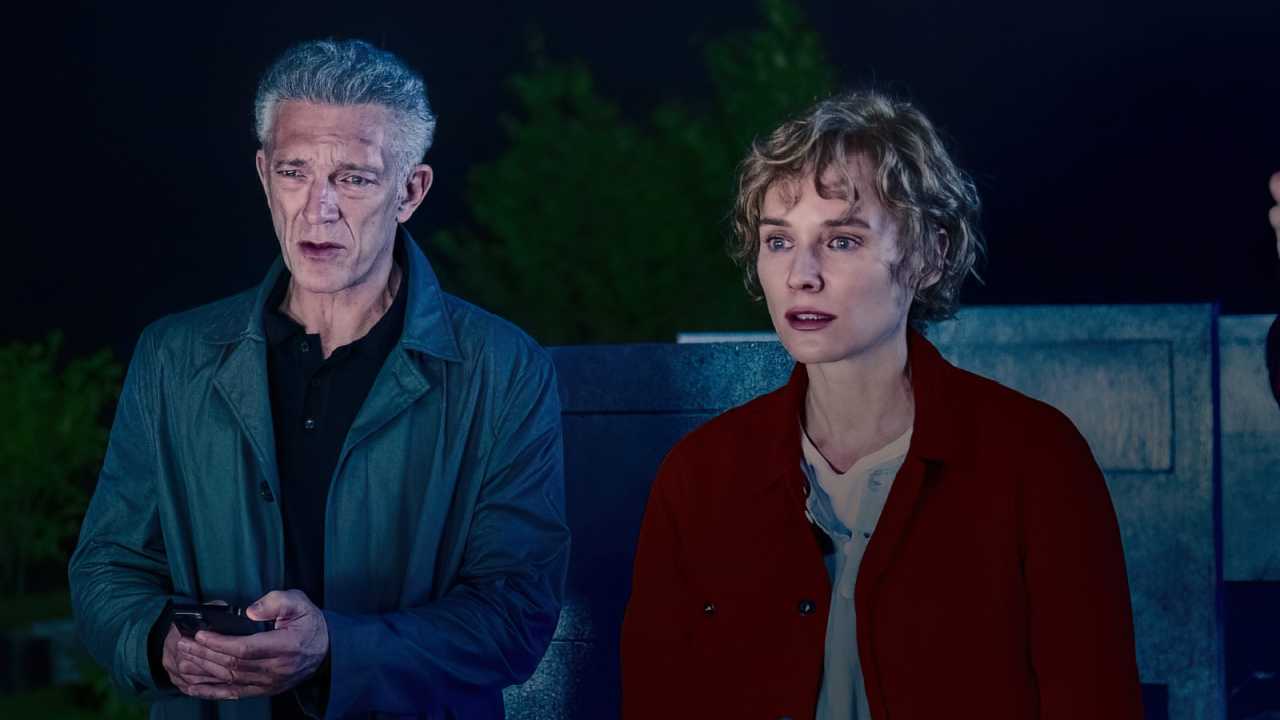
when Horror Yearbook – The Shrouds had its much-anticipated world premiere at the Cannes Film Festival, attracting attention due to David Cronenberg’s return to the director’s chair. The film promised a blend of science fiction and emotional depth by exploring the use of AI technology in processing grief. Critics and audiences alike were intrigued by the premise, expecting a profound meditation on loss through futuristic innovation.
However, reactions following the screening were mixed, with many walking away more puzzled than moved. The complexity of the narrative, combined with uneven pacing and questionable directorial choices, diluted the emotional impact. Despite Cronenberg’s reputation as a master of body horror and cerebral drama, this latest project failed to find solid footing. Viewers questioned whether the film’s potential had been sacrificed for abstract storytelling. While the ideas were bold, the execution struggled to make them coherent, and as a result, The Shrouds quickly became one of the most divisive films at the festival.
The Shrouds tells the story of a grieving man who invents a system allowing the living to watch over their deceased loved ones via AI-powered burial pods. While the concept might sound innovative and emotionally resonant, the film complicates the core idea with convoluted subplots and jarring tonal shifts. Throughout The Shrouds, characters enter and exit without proper development, making it difficult for audiences to connect with their journeys.
Critics pointed out that what could have been a focused emotional narrative became diluted by too many thematic layers. Discussions of surveillance, identity, and corporate power became tangled with personal loss in ways that confused rather than enriched the story. The Shrouds attempts to do too much, which in the end, works against the emotional resonance the premise initially suggested. Some viewers left the screening unsure of what the film had been trying to say, beyond a vague sense of techno-anxiety and existential dread.
“Read about: Mapinguari: One-Eyed Beast of the Amazon Jungle”
While the lead actor delivers moments of sincerity, the performances in The Shrouds are often overshadowed by the film’s overly dense writing. Dialogue scenes stretch on with repetitive monologues that feel more like philosophical debates than human conversations. The characters feel more like mouthpieces for ideas than actual people dealing with grief. Supporting actors are given little room to evolve, and emotional connections between characters remain underdeveloped.
Intimate scenes intended to express vulnerability are made awkward by stilted direction and odd pacing. Some critics noted that the sex scenes, in particular, lacked emotional relevance and seemed added only to fulfill genre expectations. Instead of providing insight into the characters’ emotional states, they contribute to the film’s uneven tone. In a film that revolves around the emotional weight of loss, it is disappointing that the characters themselves are not emotionally compelling. Viewers are left watching ideas unfold without the grounding presence of genuine, relatable human experiences.
Visually, The Shrouds does present some striking moments. Cronenberg brings his signature sterile and clinical aesthetic to the screen, with sleek sets and haunting imagery. The AI burial pods are designed with minimalism and eerie beauty, offering a stark contrast to the emotional chaos brewing beneath the surface. Long, unbroken shots linger on characters as they interact with the pods, suggesting a deeper contemplation of mortality and memory.
However, these visuals cannot compensate for the emotional gap in the storytelling. While the film is stylish, it remains emotionally distant. Moments that should evoke catharsis or sorrow pass without resonance. The use of symbolism becomes so heavy-handed that the core message gets buried under layers of visual abstraction. Audiences appreciate Cronenberg’s commitment to atmosphere, but atmosphere alone is not enough. Without meaningful emotional beats, the film’s visuals begin to feel empty. The result is a work that looks beautiful but feels hollow in its core.
“Read more: London Art Biennale 2025 to Welcome 350 Artists from 60 Nations”
Audience reaction at Cannes was marked by polite applause followed by hushed confusion in the lobby. Critics noted that the film’s lukewarm reception was not due to lack of ambition, but due to its failure to fulfill that ambition in an accessible or compelling way. Festival-goers described the film as thought-provoking in parts but ultimately frustrating. The Shrouds drew attention for its premise, but reviews pointed out that the potential had not been realized on screen.
Some praised Cronenberg for pushing boundaries, while others questioned if he had lost sight of storytelling fundamentals. Online discourse reflected this divide, with some hailing the film as misunderstood genius and others calling it overindulgent. The Shrouds, for all its interesting ideas, failed to create a lasting emotional impact. Though it may find appreciation in niche circles, mainstream viewers may struggle to engage with it. In the end, Cannes served as a reminder that even visionary directors can miss their mark.